Advertisement
If we cast our minds back to the beginning of the summer, neither the UK nor US elections had taken place and the natural speculation was causing clients to cling tightly to their commissioning budgets.
With the looming UK election in mind, I waded through the manifestos so you didn’t have to in the hope of finding what each party had in store for the creative industries.
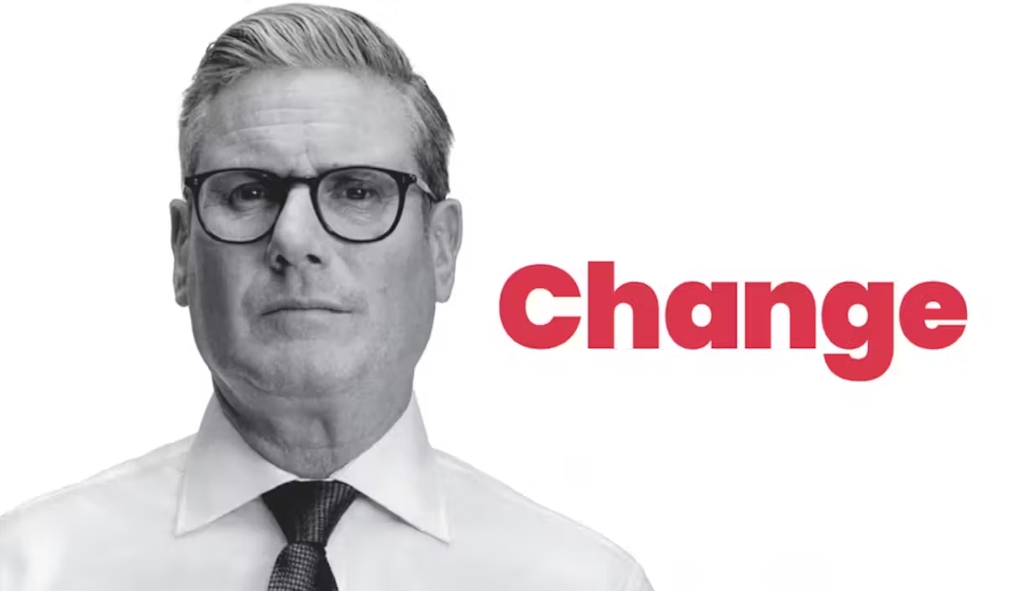
Back then, Labour was referring to an ambitiously titled document promising growth in arts, culture and the creative industries. Against a backdrop of stagnant GDP, the recent Budget offered a mixed bag for the creative industries as the government made clear it was focusing on essential services.
Still, at least culture secretary Lisa Nandy, who was given the role in July with these intentions, is still in post. Longevity wasn’t a hallmark for culture secretaries in the previous government.
The dawn of a new government was a time for a creative industries consortium to come together and show why design and technology are in critical decline in the UK.
Most Premier League football clubs are on some kind of journey to reposition as global brands, often driven by the capital of owners overseas. In July, I met Aston Villa president of business operations Chris Heck as the club rolled out what Heck claimed was a “fan-first” identity.
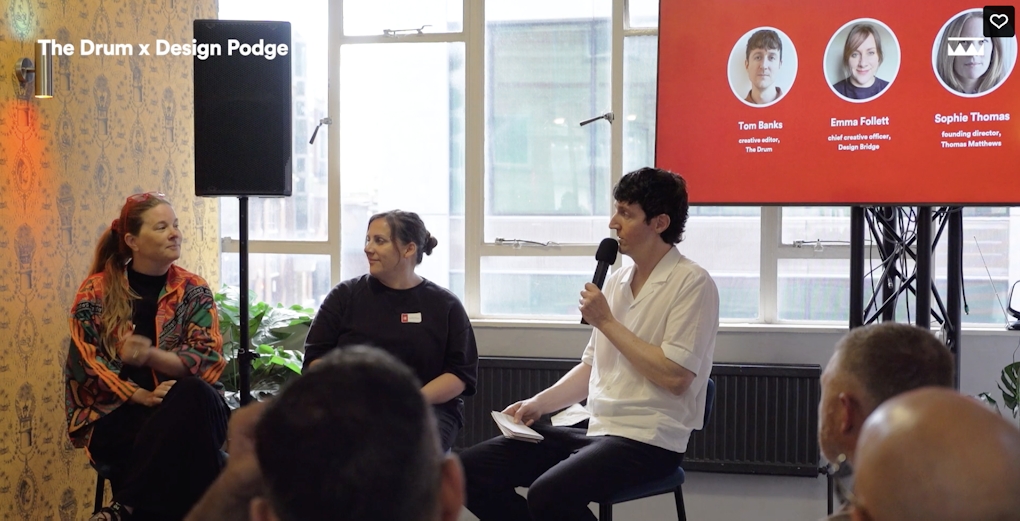
That same month, I was spreading the word that we were bringing design back into the fold at The Drum and invited Thomas Matthews, founding director Sophie Thomas, and Design Bridge chief creative officer Emma Follett to speak with me in front of an audience of designers at The Drum to see where design is today and where it’s heading.
Advertisement
Microsoft has set itself the enormous task of being carbon negative and water positive by 2030, by when it will aim to not be producing any waste. If it’s to have any hope of achieving this, everyone at the company from product designers to marketers will have to be thinking about the impact their actions make. To this end, Design Studio was brought in to produce corporate social responsibility guidelines, which ask staff to ask critical questions to improve outcomes for staff, customers and the planet. Far from being a dull pamphlet, this was a toolkit that was embedded in multiple touchpoints across the company.

In August, this investigation led me to discover that – mostly on the quiet – design agencies had been opening LA outposts and studios, but why were they doing it? I delved into the push factors of London and the Pull factors of LA, deconstructing the creative and economic climate behind the movement with help from design agency leaders.
The AI narrative shifted this year from its existential threat to positive use cases which could be useful to design businesses. This said, with new evidence pointing to in-house team leaders of creative teams claiming they weren’t worried about AI threatening their staff’s jobs, I looked into whether that was a bit naive. Indeed, the likes of Collaborative Thinking director David Russell – who used to build creative teams within clients’ organizations when he was director of the agency Oliver – took a different view.
While we’re on in-house teams, do take a look this. I went to see Kraft-Heinz in-house team The Kitchen at its London headquarters to see why it cleaned up at The Drum Awards 2023 when it won six gongs. (It carried on with its winning streak this year as well.) What we found is an in-house team that is perceptive enough to leap on to cultural moments and turn them into some kind of stunt, often by leveraging what it calls consumers’ “irrational love for Heinz.”
Advertisement
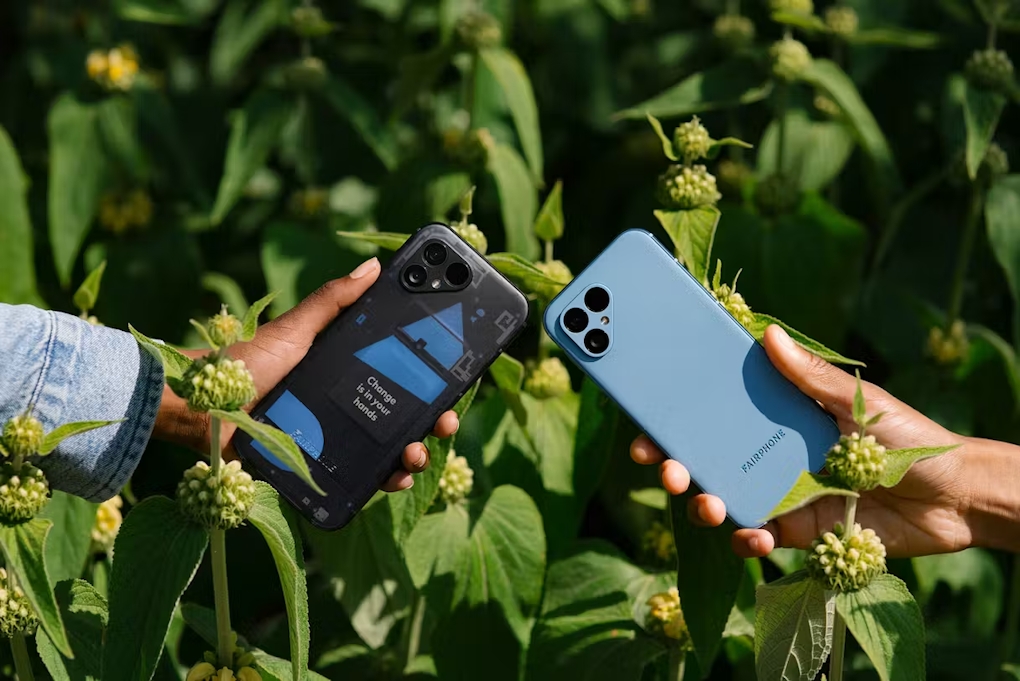
Many of my deep dives have been for our focus weeks and when it came to consumer tech it was a chance to take a different view of the sector. In its 10 years, Fairphone has shifted its positioning to communicate usability rather than sustainability when it comes to customers. Its sustainable principles are there in the background and even its self-repair modularity is being partly sold as a convenience and value for money.
We all remember the blanding trend of the 2010s when fashion houses were stripped of their serifs and character but where are they now? Well, in search of individualistic worlds with rich identities, Made Thought founder and creative director Paul Austin and Pentagram partner Paula Scher helped us to explore how fashion and luxury brands are choosing to identify themselves today.
When I met YouTube vice-president for EMEA Pedro Pina we had a wide-ranging conversation but the thing that struck me most was that the fastest growing format for watching YouTube is the TV, meaning people are watching together. With the organization going through a lot of change, we looked at what this meant for creators, brands and agencies.
This isn’t really design but it’s going in anyway as it is a highlight. Long-form documentary-style ads are on the rise. Often, rich stories are being told in absorbing, cinematic worlds and, crucially, nothing’s being sold other than brand values. I spoke to Patagonia and On about the stories they’re trying to tell through their film making and why they’re doing it.
Business accounting isn’t very exciting and Anna Money’s co-founder and chief brand officer Daljit Singh is acutely aware of that, which is why he took a design-led approach to taking the stress out of business accounting and tax. When I spoke to Singh, we also got into the worsening state of customer services in banking, which he likens to Dante’s Ninth Circle of Hell, and found out why he created the first miaowing debit card.
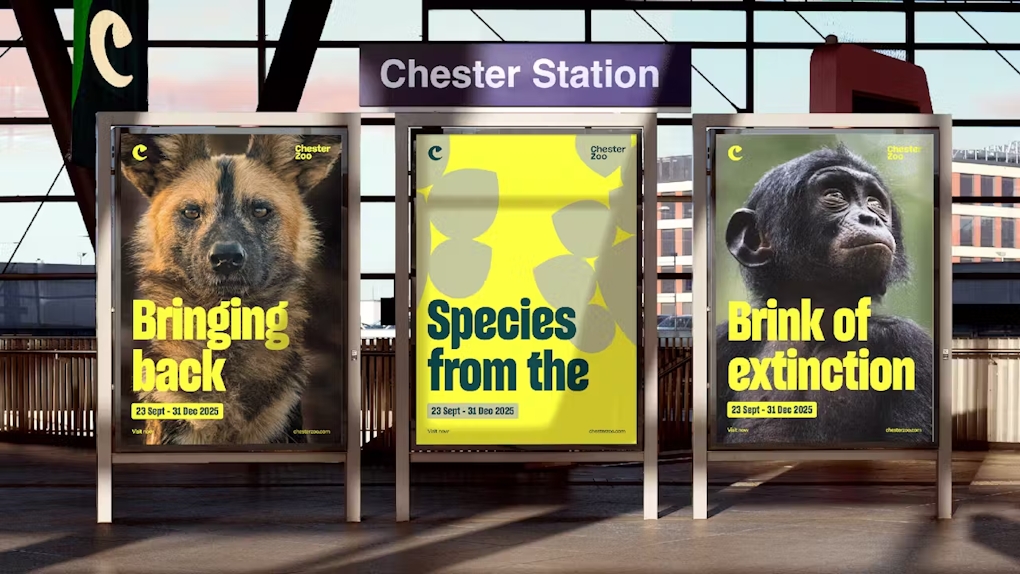
In November, I spoke with How&How creative director Cat How to get the full story on Chester Zoo’s new identity, which saw it reposition from a family attraction to a global conservation organization. With How’s insight and that of Chester Zoo’s head of brand and marketing Helen Dean, we were shown how, at the beginnings of the project, the word ‘Zoo’ was on the line as part of a mammoth stakeholder engagement project, which looked to better understand the perception of zoos while highlighting the kind of conservation work Chester Zoo is engaged with.
I know you’ve only just seen the back of the Jaguar debacle, so I’ll keep it brief. I deconstructed the new identity with some design experts. Mindful of the pile-on, this was approached with a generous spirit. It was really the copywriting that was deemed most unforgivable. I then got the same commentators back to see if the Type 00 concept car reveal changed anything. In Koto CEO and co-founder James Greenfield’s mind, despite many reservations, it could still be successful, perhaps on the streets of Dubai.
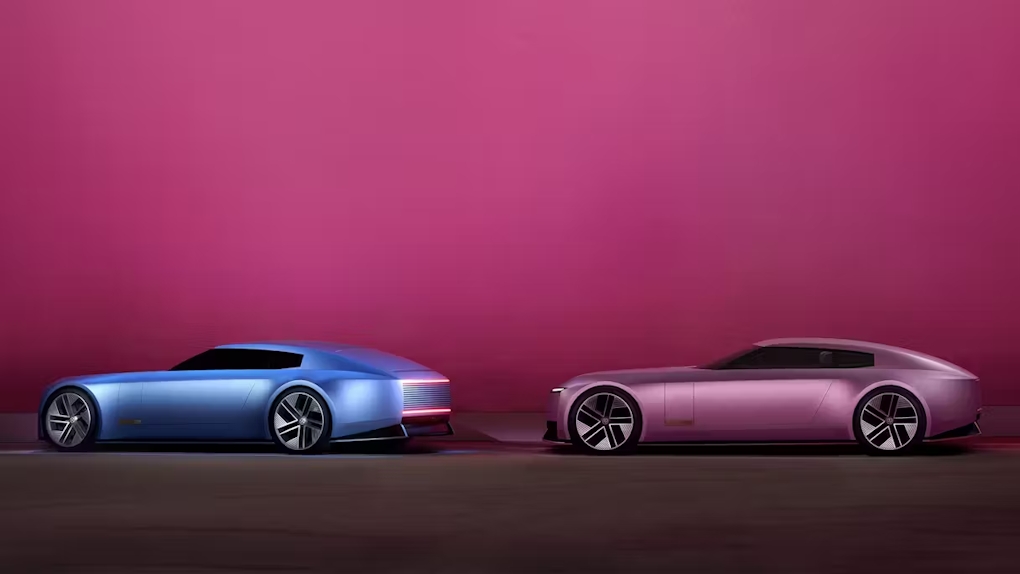
TfL is the guardian of design classics across the London transport system that pre-date it significantly with some going back more than 100 years. There’s a permanence to the naming and branding of its infrastructure, too, so it was a surprise when The Overground was rebranded earlier this month. I spoke to those who named the new lines and took on an information design challenge to make them more legible and navigable.
Canva’s chief customer officer, Rob Giglio, sees the company’s product suite as design software “for everyone” and although that might include professional designers, the customer base is skewing heavily towards other business professionals who want to design. The company claims that 95% of Fortune 500 companies are now using the platform so I spoke with Giglio to understand the company’s growth strategy and find out where it’s heading next.
We’re closing the year out with a teaser from our new columnist Collins founder Brian Collins, who you can see here expanding on one of his 101 Design Rules. It’s a video series where he’ll be dipping into a list he made of musings and principles that have defined his career. There’ll be more of these next year and he’ll also be putting pen to paper in a regular monthly column.